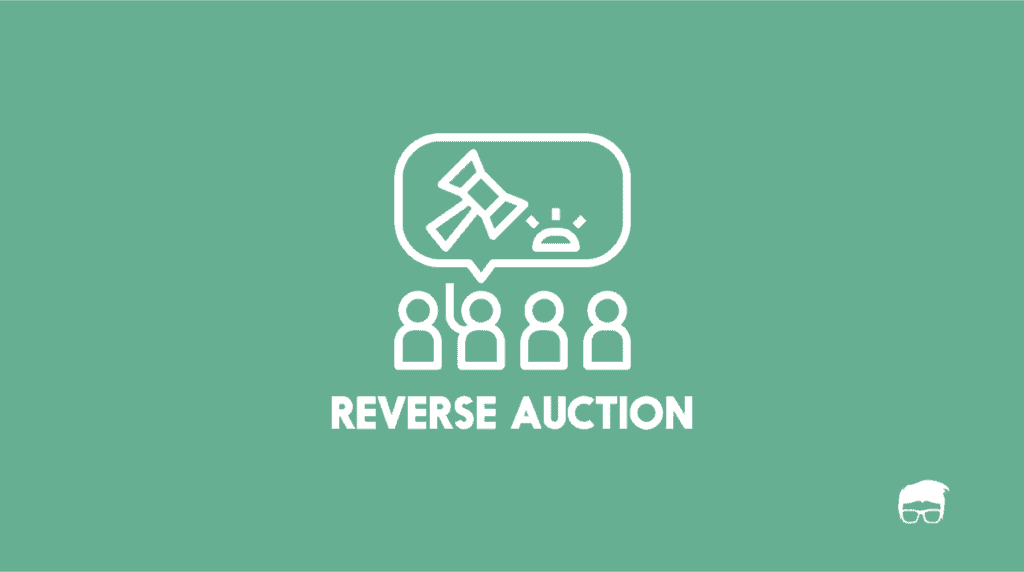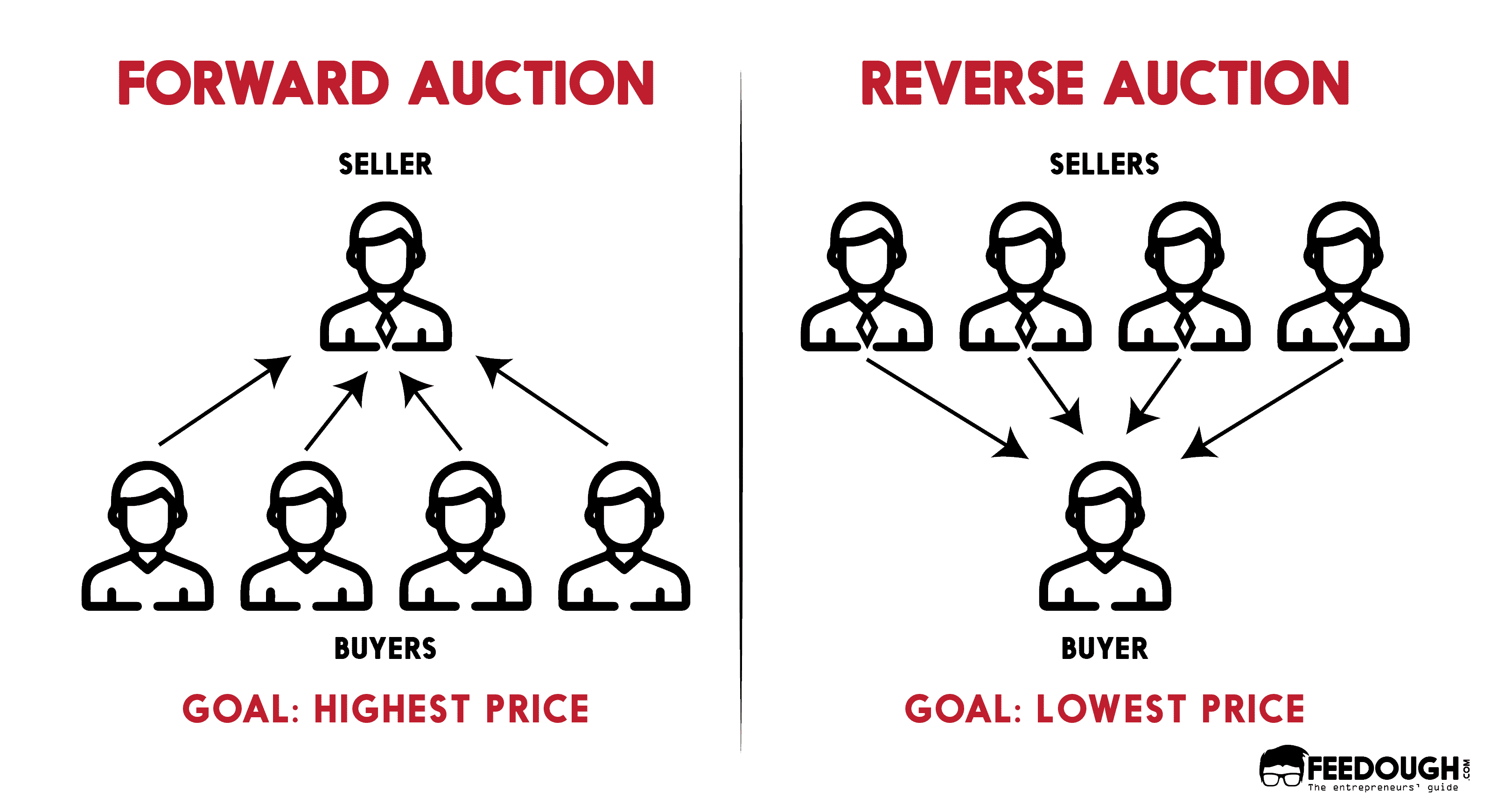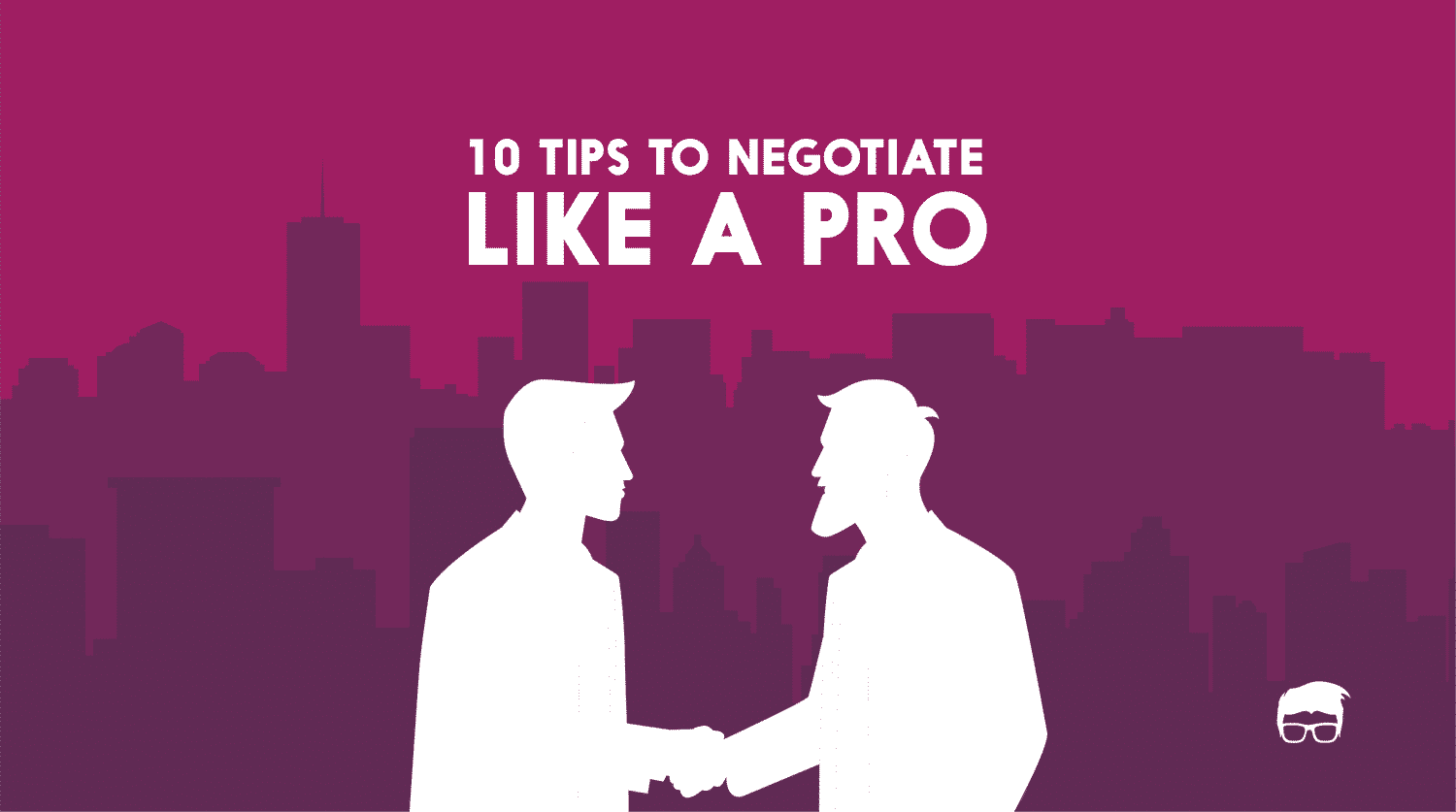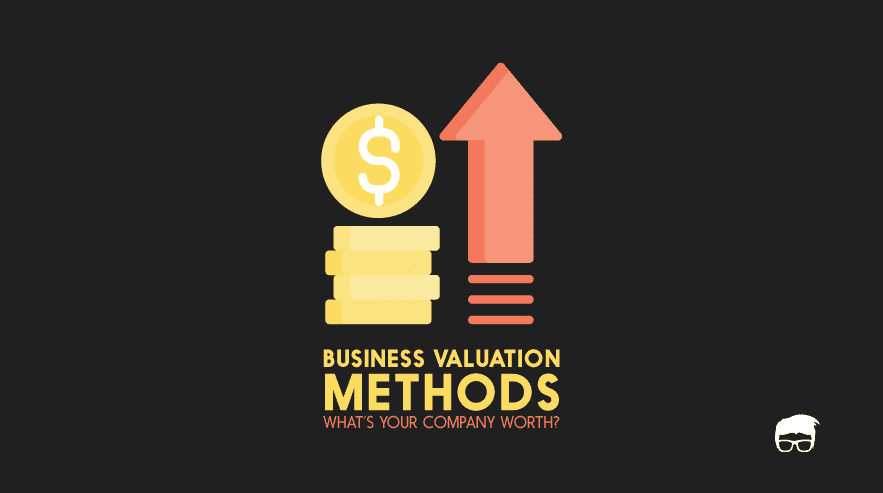You might have seen the hammer going down “One” and then “Two” and “Sold!”; the usual way an auction takes place after the seller puts up the reserve price (the minimum bid amount) and the buyer who places the highest bid within the stipulated time wins the bid.
But do you know that certain auctions do happen in an exactly opposite manner – the buyer places a reserve price (this time, the maximum bid amount) and the sellers compete among themselves to offer their product or service at the lowest price?
Welcome Reverse Auction.
What Is A Reverse Auction?
A reverse auction is an auction where the roles of a buyer and seller are exchanged, i.e. sellers bid prices instead of buyers. But is this modern technique limited to interchanged roles? You bet not.
Every type of auction is based on three principles:
Price drive
In a standard auction, buyers constantly try to outbid their competitors by bidding a higher price. Thus, the price drive is upwards in a standard auction.
In a reverse auction, sellers constantly try to outbid their competition by bidding a lower price for products/services offered. Thus, the price drive is downwards in a standard auction.
Product information
In a standard auction, buyers are well aware of the product as they do a thorough research before entering the bidding competition.
In a reverse auction, sellers inform buyers about their products/services to make sure they choose their services over others.
Direction of approach
In a standard auction, buyers seek out sellers for the specific product they need.
In a reverse auction, sellers seek out buyers to sell their products/services.
Priceline played a key role in bringing the reverse auction system to the public eye. Priceline which claims to be the pioneers in the reverse auctioning model or the ‘name-your-own-price’ model. The company started out as a platform for cheap airline tickets and as its innovative pricing model took the market by the storm, it expanded to hotel rooms, rental cars and groceries.
In recent times as the market grows more open and customer-centric, the reverse auction has been adopted by multiple startups and leading organizations. Some of the popular websites to follow reverse auction are Oltiby and Travelsurf.
How Reverse Auction Works?
Since online portals are able to connect buyers and sellers in real time, reverse auction typically occurs online where multiple sellers gather to sell their product/services to a buyer.
A buyer usually puts up a request for a quote on a platform where multiple sellers can see. If the seller is selling products/services that match the criteria, they participate in the bidding. As this is an open market, each seller has a fair chance.
Generally, the bidder that bids the lowest wins the race but it might not always be the case. There are certain features a product may be offering that the other product might not be offering. Thus, the actual winner is the lowest unique winner. This means that a product/service provider which gives services that fit your requirements as well as gives you the lowest price wins. If a seller gives you say, product X for the lowest price amongst competitors but it doesn’t have a particular feature you are looking for, the obvious option is to go for the seller that provides the product with the feature in the lowest price.
Advantages Of Reverse Auction
- Reverse auctions are amazingly quick and you save time researching market
- The buyer puts forth his requirements thus avoiding wastage of time and resources from either side
- The buyer can easily compare products and decide on the perfect fit
- The buyer gets the best price for the product.
Pitfalls of Reverse Bidding
While everybody is looking for a bang for their buck, Reverse Bidding might not be the right method for all kinds of variants of services.
As Forward Bidding requires a lot of potential buyers, Reverse Bidding needs even more number of sellers to maintain the integrity of the competitive process.
In a motive to get hold of the lowest bid, the buyer might go for the cheapest in the house with less regard for the quality and compatibility of the product or service. In such cases, the buyer ends up buying a substandard offering which might not be having all the features as per his minimal requirements.
Go On, Tell Us What You Think!
Does Steemit business model seem sustainable? Come on! Tell us what you think about our article on reverse auction in the comments section.
Engineer by education. Writer by choice. I learn about new things by writing about them.


![Name Your Own Price [NYOP]: What Is It & How It Works? WHAT IS IT & HOW IT WORKS?NAME YOUR OWN PRICE](https://www.feedough.com/wp-content/uploads/2019/12/name-your-own-price-2.webp)






